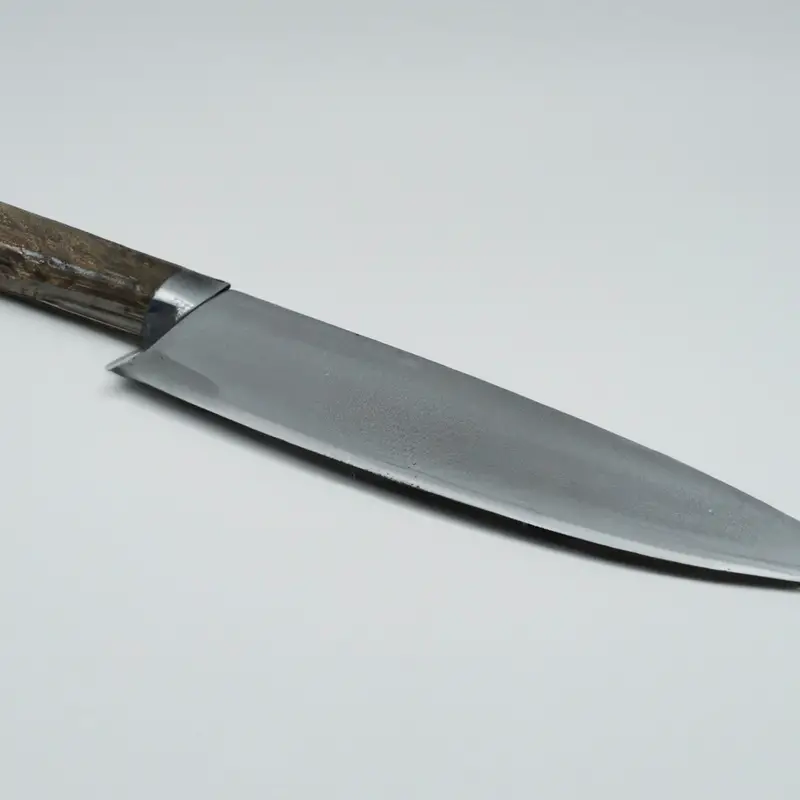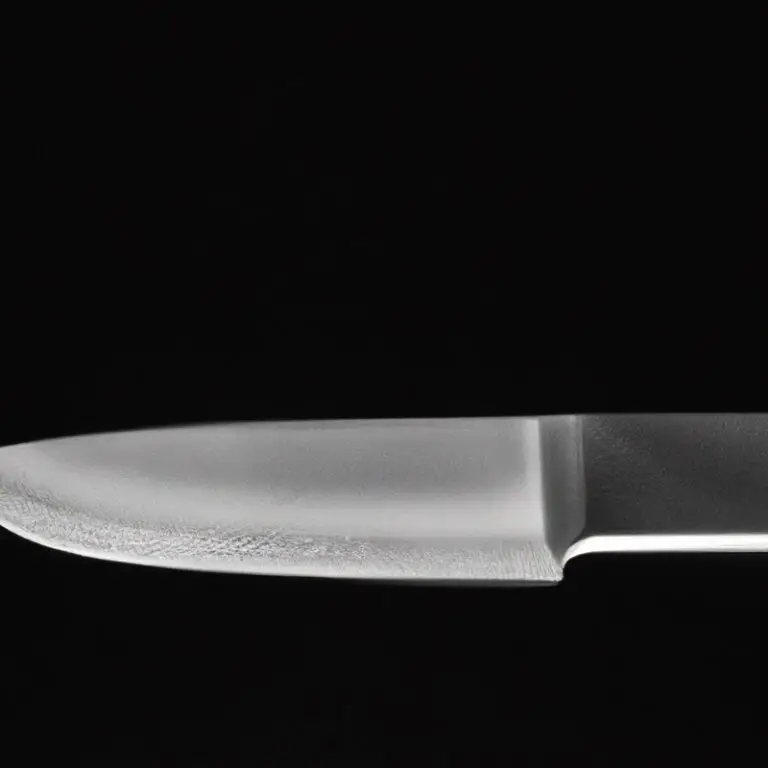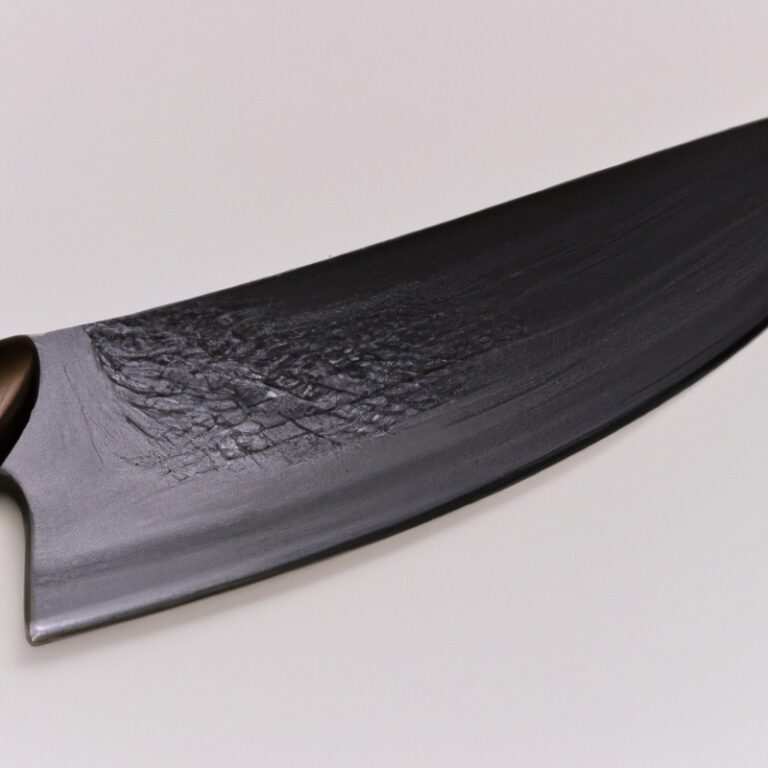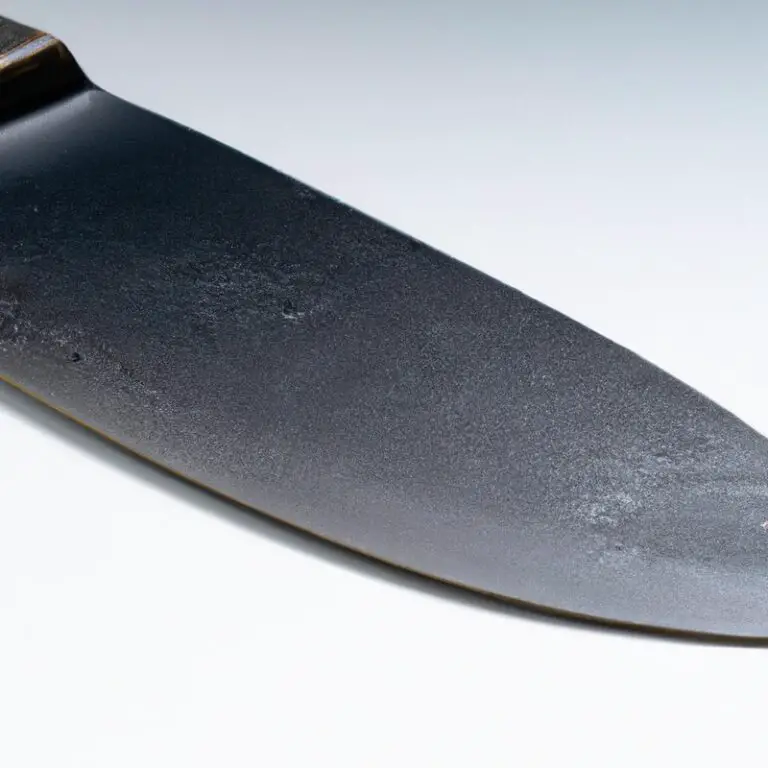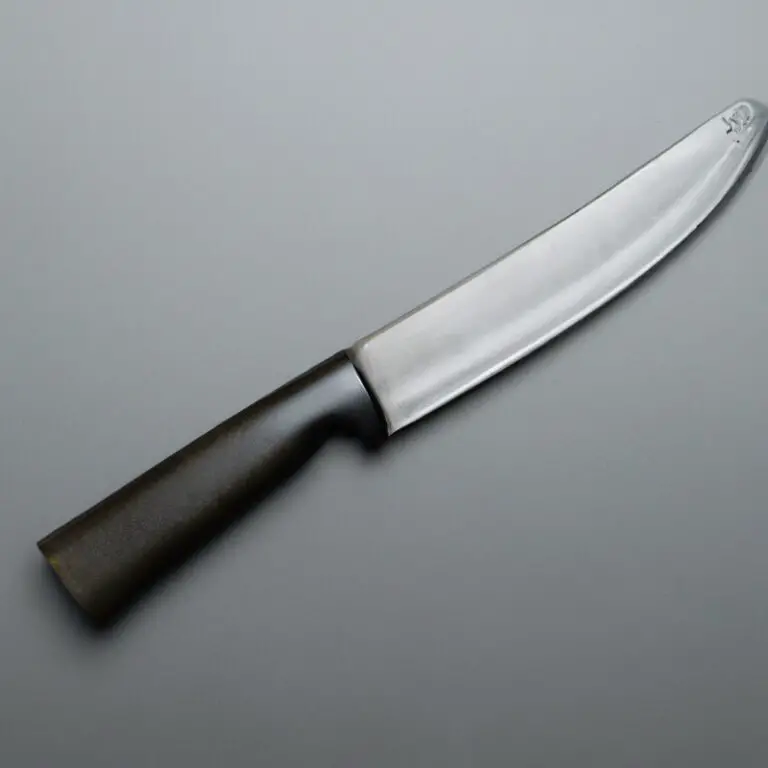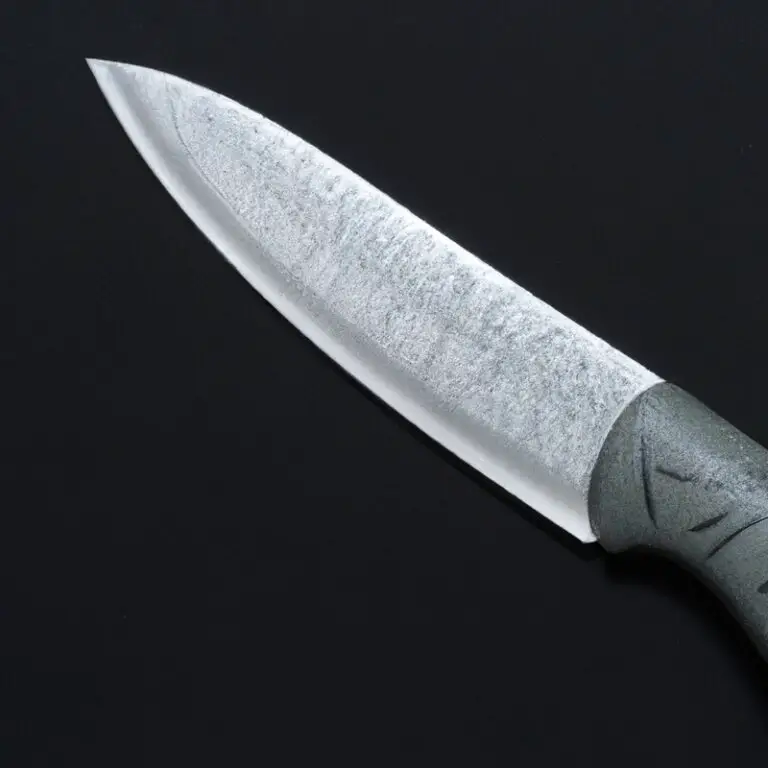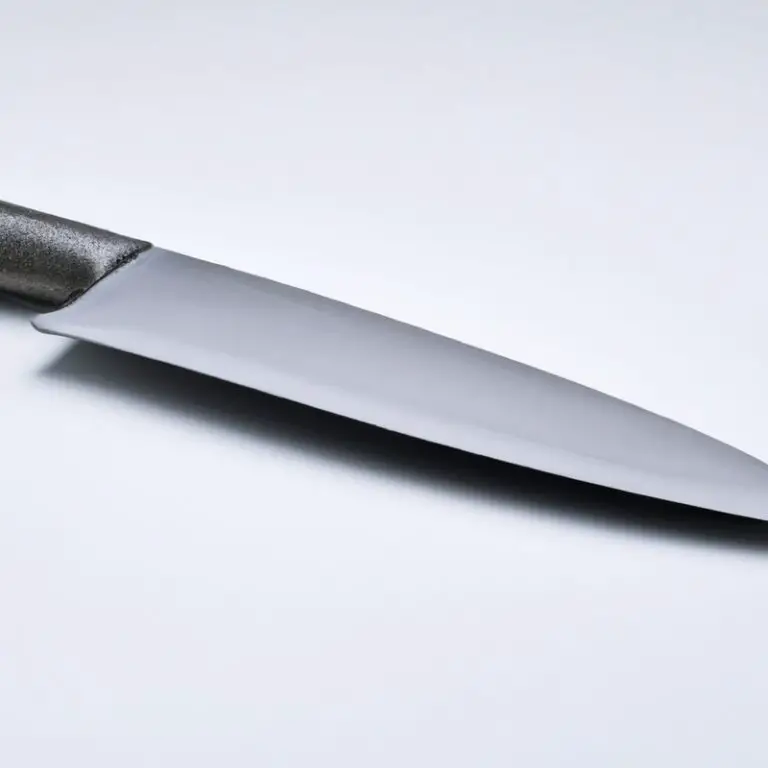What Are The Different Handle Materials Used In Gyuto Knives? Explained
Key Takeaways:
- The handle material used in a Gyuto knife can significantly impact the knife’s overall performance and durability.
- Common materials for Gyuto knife handles include wood, micarta, and G10, each with its unique benefits and drawbacks.
- A well-made handle will provide a comfortable, secure grip, decreasing the risk of injury while using the knife.
- When choosing a Gyuto knife, it’s essential to select a handle material that meets your needs and fits your hand comfortably for prolonged use.
As a passionate chef, I believe that the right kitchen knife can make your cooking experience a seamless and enjoyable one. Among the different types of kitchen knives, Gyuto knives are my personal favorite for their versatile cutting abilities.
But have you ever wondered what materials are used to make the handle of a Gyuto knife?
In this beginner’s guide, we will explore the most popular handle materials used, their pros and cons, how to care for them, and even their environmental impact. So, let’s dive in and discover the different handle materials in Gyuto knives that create the perfect balance of comfort, functionality, and durability.
| Handle Material | Pros | Cons |
|---|---|---|
| Wood | Classic look, comfortable grip, natural feel | Requires maintenance, potential for bacteria buildup if not cleaned properly |
| Plastic | Easy to clean, durable, lightweight | Lacks the natural feel and aesthetic of other materials |
| Metal | Durable, easy to clean, modern look | Can become slippery when wet, lacks warmth of other materials |
| Composite | Durable, customizable, can mimic the look and feel of other materials | May lack the authenticity of natural materials, often more expensive than other options |
The Importance of Handle Material in Gyuto Knives: A Beginner’s Guide
The handle material of a gyuto knife is an essential factor to consider since it impacts the overall user experience and performance of the knife. The handle should provide a comfortable grip for the user, and the material should be durable and long-lasting.
Different handle materials offer unique benefits and disadvantages.
Wooden handles are traditional and aesthetically pleasing, but they require proper care to avoid damage. Plastic handles are affordable, but they are not as durable and can negatively impact the environment.
Stainless steel handles are hygienic and easy to maintain, but they are not as comfortable to hold.
Micarta handles offer the best of both worlds, providing durability, comfort, and a unique style. It is essential to consider the type of handle material when purchasing a gyuto knife to ensure that it will best fit your personal preferences and needs.
The Pros and Cons of Popular Handle Materials in Gyuto Knives
Wooden handles are the most traditional material used in Gyuto knives. They are aesthetically pleasing and provide a comfortable grip.
However, wooden handles require regular maintenance to prevent cracking and warping, and they are not as hygienic as other materials.
Plastic handles are a more affordable option for Gyuto knives. They are easy to clean and maintain and do not require regular oiling.
However, they lack the durability of other materials and have an environmental impact.
Stainless steel handles are a durable and hygienic choice for Gyuto knives. They are resistant to rust and require minimal maintenance.
However, they can be uncomfortable to grip for extended periods of time.
Micarta handles provide the best of both worlds in Gyuto knives. They are durable, hygienic, and provide a comfortable grip.
However, they can be more expensive than other materials.
In summary, each handle material has its own pros and cons. Consider your personal preferences, budget, and intended use when choosing the best handle material for your Gyuto knife.
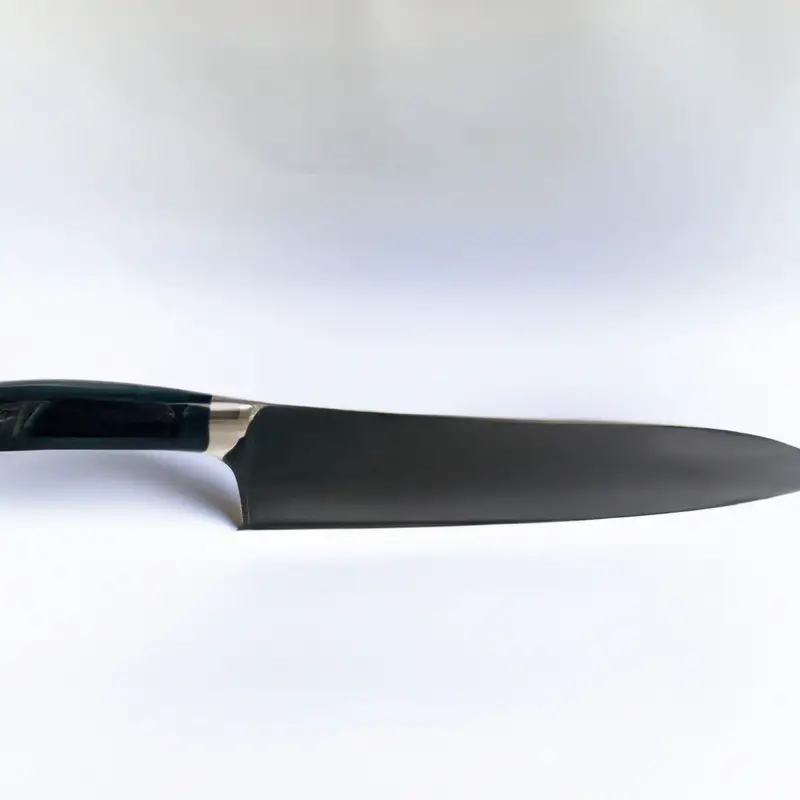
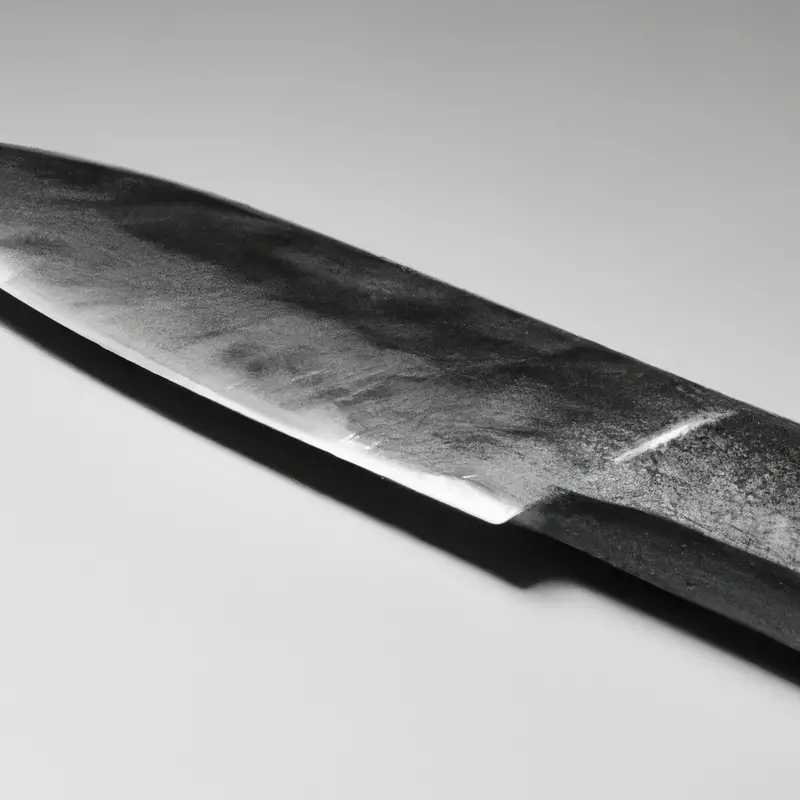
Wooden Handles: The Most Traditional Material for Gyuto Knives
Wooden handles have been the traditional choice for Gyuto knives. They offer a classic look and feel that many chefs prefer.
They are also known for their ability to absorb moisture from the hand, providing a more comfortable and secure grip.
Wooden handles come in a variety of types, including hardwoods like ebony and rosewood, as well as softer woods like magnolia and ho wood. Each type of wood offers a unique look and feel, and some are more durable than others.
One of the potential downsides of wooden handles is that they require more maintenance than other materials.
They can warp or crack if exposed to moisture or extreme temperatures. However, with proper care and regular oiling, wooden handles can last for many years.
Overall, wooden handles remain a popular choice for Gyuto knife enthusiasts due to their traditional appearance and comfortable grip.
How to Care for Wooden Handles in Gyuto Knives
To care for wooden handles in Gyuto knives, there are a few simple steps to follow. Firstly, avoid soaking the knife altogether, as this can cause the wood to swell or warp over time.
Secondly, use a damp cloth to clean the handle and dry it promptly to prevent water from seeping into the wood.
Avoid using harsh chemicals or abrasive sponges, as this can damage the handle’s finish. Finally, oil the handle periodically with food-grade oil to protect and nourish the wood, giving it a pleasant shine and extending its lifespan.
By following these simple steps, you can ensure that your Gyuto knife’s wooden handle will remain in great condition and look beautiful for years to come.
Plastic Handles: A More Affordable Option for Gyuto Knives
Plastic handles are a more affordable option for Gyuto knives compared to the other common handle materials. They are lightweight, durable, and easy to clean, making them a popular choice for home chefs.
Plastic handles are often made from materials like polypropylene and nylon, which are known for their strength and resistance to wear and tear.
However, plastic handles have a relatively short lifespan compared to other materials like wood or Micarta and are not biodegradable, which can have negative environmental impacts. Despite their drawbacks, plastic handles are a budget-friendly choice for those who want a quality Gyuto knife without breaking the bank.
The Environmental Impact of Plastic Handles in Gyuto Knives
Plastic handles in Gyuto knives have a negative impact on the environment. The manufacturing process of plastic handles involves the usage of non-renewable fossil fuels and generates greenhouse gas emissions.
Moreover, plastic handles take hundreds of years to degrade, leading to pollution of the earth and water bodies.
The use of plastic handles in Gyuto knives contributes to the global plastic waste crisis that poses a severe threat to the environment and human health. Therefore, it is recommended to prioritize environmentally friendly handle materials such as wood or sustainable alternatives like bamboo, recycled plastics, or bioplastics that can decompose rapidly and reduce environmental impact.
Stainless Steel Handles: A Durable and Hygienic Choice for Gyuto Knives
Stainless steel handles are a popular choice for Gyuto knives, thanks to their durability and hygienic properties. Stainless steel is resistant to corrosion and rust, making it ideal for use in the kitchen where knives are regularly exposed to moisture.
It is also easy to clean and maintain, as it does not absorb dirt or bacteria.
Additionally, the sleek and modern look of stainless steel handles is a popular choice for those who value aesthetics in their kitchen tools. However, stainless steel handles can be heavier than other materials, so it’s essential to consider whether the weight affects your cutting experience before purchasing a Gyuto knife with a stainless steel handle.
Proper cleaning and maintenance are necessary for preventing dullness and rust, but with proper care, a stainless steel handle can last a lifetime.
How to Properly Clean and Maintain Stainless Steel Handles in Gyuto Knives
To properly clean and maintain stainless steel handles in Gyuto knives, follow these simple steps:
- Use soap and warm water to clean the handle and blade after each use.
- Dry the handle thoroughly to prevent water stains and rust.
- Avoid using abrasive cleaners or steel wool, as they can scratch the surface of the stainless steel.
- If the handle does become scratched, use a non-abrasive cleaner and a soft cloth to try and buff out the scratches.
- Store the knife in a dry place where it won’t be exposed to moisture or humidity, which can cause rust.
- Check the knife handle periodically for any signs of wear and tear, and address any issues promptly.
Regular maintenance and cleaning of your Gyuto knife’s stainless steel handle will help keep it looking like new for years to come.
Micarta Handles: The Best of Both Worlds in Gyuto Knives
Micarta handles are becoming increasingly popular in gyuto knives due to their unique combination of durability, grip, and aesthetic appeal. While they are technically a synthetic material, micarta handles are made by layering linen or paper with resin, creating a strong and grippy material that is resistant to moisture, heat, and chemicals.
Micarta handles come in a wide range of colors and textures, allowing for a customizable look that can suit any chef’s style.
They also offer a great balance between weight and strength, making them a comfortable option for extended use in the kitchen. One of the most significant advantages of micarta handles is that they are relatively low maintenance.
They do not require any specialized oils or treatment like wooden handles, and they can be cleaned with soap and water without fear of water damage.
In summary, micarta handles provide an ideal balance between style, durability, and ease of use, making them one of the best options for a gyuto knife handle material.
The Future of Handle Materials in Gyuto Knives: Sustainable Alternatives and New Technologies
As more consumers prioritize environmentally-friendly materials, the future of handle materials in Gyuto knives is moving towards sustainable alternatives and new technologies. Manufacturers are exploring innovative materials such as bamboo, recycled materials, and even bio-resins made from plant matter.
These new materials offer a renewable and biodegradable alternative to traditional handle materials that are not eco-friendly.
Additionally, advancements in 3D printing have enabled the creation of customizable and unique handle designs using a range of sustainable materials. As technology continues to evolve, the future of handle materials in Gyuto knives is likely to provide even more sustainable and creative options for consumers.
Final Verdict
The handle material of a gyuto knife plays a crucial role in its overall performance, durability, and aesthetics. Each material has its strengths and weaknesses, and it’s essential to consider them before making a purchase.
Wooden handles are traditional and timeless, while plastic handles are affordable and lightweight.
Stainless steel handles offer durability and hygiene, while micarta handles provide the best of both worlds. It’s crucial to maintain and care for your handle material properly to prolong its lifespan and prevent damage.
As the industry moves towards sustainable and eco-friendly options, we can expect to see new materials and technologies emerge in the future.
Ultimately, the right handle material for you will depend on your personal preferences and needs. By understanding the pros and cons of different handle materials, you can make an informed decision and invest in a gyuto knife that will serve you well for years to come.

